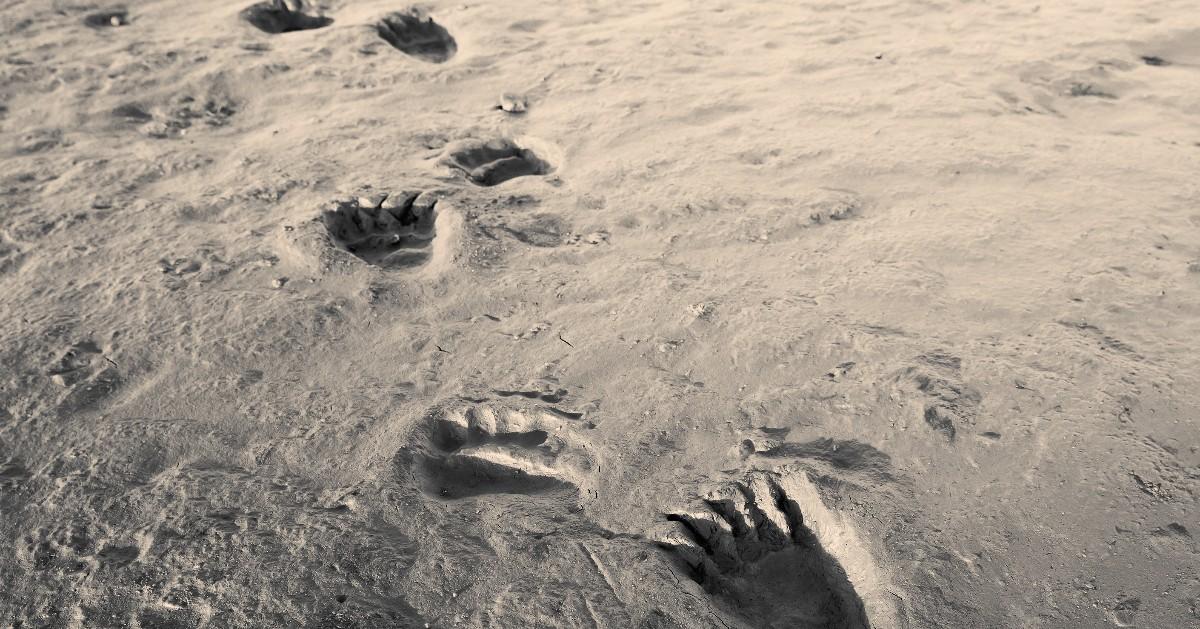
Biden regulation imperils polar bears
The Arctic shows up in the national news almost daily these days, with the oil and gas industry in the spotlight. Fossil fuel industrialization on public lands is a main cause of the climate crisis and poses an existential threat to sacred lands, Indigenous ways of life, and the health of people and animals.

Other oil and gas harms sometimes go under the radar. Earlier this month the Biden administration released what’s called an “incidental take” regulation in response to a request from the Alaska Oil and Gas Association. This U.S. Fish and Wildlife Service authorization allows oil and gas operators in Alaska to harass polar bears and walruses in the Beaufort Sea when exploring for oil and gas, extracting or transporting fossil fuels, and when building infrastructure.
This U.S. Fish and Wildlife Service authorization allows the oil industry to do activities with a high likelihood of significantly harming and even potentially killing polar bear cubs. But the agency ignored the high probability of significant harm or death to bears when issuing this regulation.
We submitted comments on behalf of 15 concerned groups ahead of this finalized regulation, and the concerns we brought up then still stand. Rather than addressing our concerns, Biden’s Fish and Wildlife Service rushed its approvals for political gains to appease industry and Alaska Sen. Lisa Murkowski.
Beaufort Sea polar bears already fighting for survival
Polar bears rely on the North Slope for food, denning, and survival; the Southern Beaufort Sea population of polar bears is already precarious due to the climate crisis. The geographic region for the Fish and Wildlife regulation covers the entire North Slope and offshore areas (except the Arctic Refuge) and a lot of this region is designated as critical habitat for polar bears under the Endangered Species Act.

Yet the rule allows broad and intensive oil and gas degradation of animal habitat and harassment of polar bears, and authorizes those activities for five years. It essentially re-ups the prior five-year authorization as if the latest facts, science, and on-the-ground climate impacts do not exist, such as polar bears having a harder time finding food.
Giving the okay to this kind of industrial impact while citing the Marine Mammal Protection Act to do it pays lip service to the law, which prohibits authorization of “incidental take” unless it’s limited to small numbers and would only cause a negligible impact. This regulation allows harassment of large numbers of polar bears with significant impact.
The regulation even ignores the agency’s own science that predicts a high probability of deaths and/or serious injuries to polar bears and cubs as a direct result of these authorized oil and gas activities.
For example, the agency said that a 46 percent chance of injury or death every year–which amounts to about a 95 percent chance of injury or death over the 5-year period–wasn’t certain enough for Fish and Wildlife to bother assessing the impacts of an injury or death. These numbers tell a dire story. This risk of injury or death is not a negligible impact for a population of polar bears that are already fighting for survival.
Fish and Wildlife’s authorization further allows industry to “take” about half of the polar bears in the entire Southern Beaufort Sea population—essentially meaning about half of these bears will be harassed in a variety of ways, which could include being scared off by noise or vehicles, or being disrupted from denning and eating on land and sea ice. We’re not sure how Fish and Wildlife can call this a “small number” with a straight face.
This kind of “business as usual” kills

As our attorney Bridget Psarianos put it, “This regulation allows the oil and gas industry in Arctic Alaska to greatly increase the level at which it harms polar bears despite the science and laws that demand that we do more to protect these animals.”
This is especially atrocious since the National Environmental Policy Act requires that Fish and Wildlife do a thorough analysis of environmental effects and alternatives before making a final decision, which it didn’t do prior to posting the final regulation.
Despite the lack of a thorough analysis and minimizing the true risks to a severely threatened population, the agency claims that its regulation will result in negligible impacts.
The agency could have done that analysis and made an informed decision with more attention to protecting these marine animals as required by multiple laws, but it chose not to—and that’s the kind of “business as usual” that kills.


